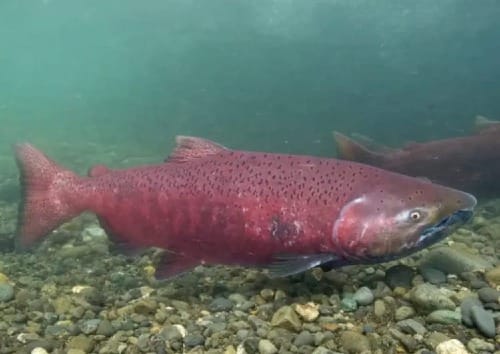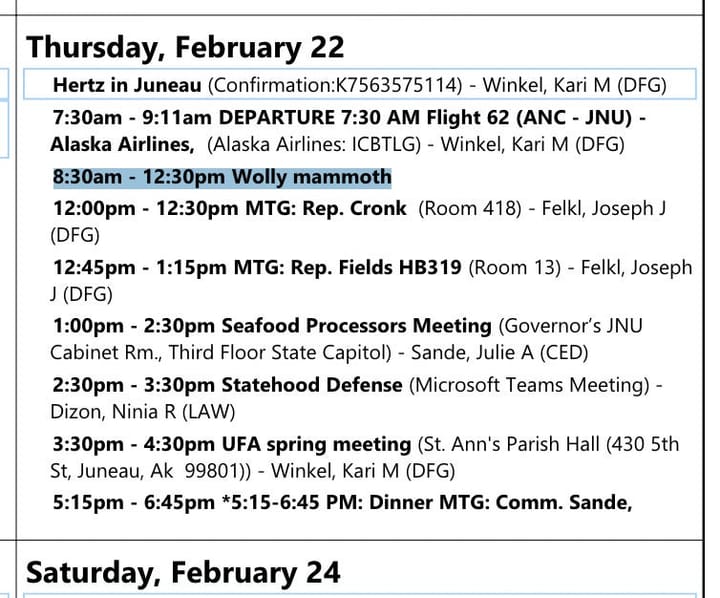"Stalemate:" Prepare to wait weeks, or even months, before Alaska's House forms a majority.
Key decisions, like schools spending and the size of Alaska's oil-wealth checks, hang in the balance as lawmakers delay decisions until the result of a lawsuit challenging a Republican's eligibility.

After last month’s elections, the Alaska Capitol, so far, is split between two different political ideologies. Voters re-elected Republican Gov. Mike Dunleavy, and a centrist, bipartisan coalition is set to take control of the state Senate.
A longtime principle at the Alaska Capitol holds that of the building's three power centers — the House, Senate and governor — at least two must be aligned to set the state's political agenda. Which means that the makeup of the House’s new majority will likely decide whose agenda will advance over the next two years.
The Northern Journal is a reader-supported publication, and gives the public free access to news on issues affecting them through a partnership with the Alaska Beacon. Sign up for free to receive new posts, and if you value this work, please consider becoming a paid subscriber.
But interviews with nine current and newly elected House members indicate that it will almost certainly be weeks — if not months — before the chamber coalesces into a new majority of 21 or more legislators.
Election results that evenly split the House between two different factions, plus a high-profile lawsuit that could unseat a far-right Republican, have left legislators in a deadlock that shows no sign of a quick resolution.
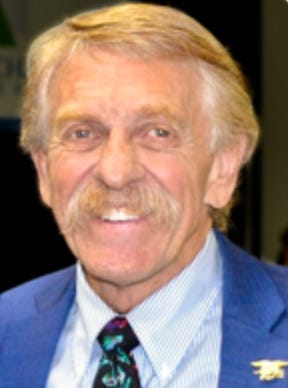
“We are at a stalemate,” said Anchorage Republican Rep. Laddie Shaw.
The stakes for Alaskans are high.
Leaders of Alaska schools say their deficits are at crisis levels, and legislators have sharply different views over the merits of budget increases to account for steeply rising inflation. Bipartisan Senate and left-leaning House majorities, working together, would be far more likely to boost schools spending than a Republican House majority teamed with a conservative governor.
After nearly a decade of wrangling, meanwhile, lawmakers have yet to agree on a formula to balance spending on government services with sending cash to constituents from the oil-fueled Alaska Permanent Fund. A Capitol controlled by conservatives would favor larger Permanent Fund checks and cuts to services, and would also be more likely to take up polarizing social issues, like abortion.
All of which makes control of the House — and its alignment with the governor or Senate — an especially crucial question.
“The importance of forming the majority can’t be overstated,” said Rep. Andy Josephson, an Anchorage Democrat who was just re-elected to his sixth term.
House members entrenched
Here’s the math that’s likely to keep the House leaderless for weeks to come..
Voters elected 21 Republicans — enough, mathematically, for a razor-thin majority. But one of those Republicans is Rep. Louise Stutes of Kodiak.
Stutes, who represents a moderate coastal district, has caucused with the mostly-Democratic majority for the past four years and was House speaker for the previous two.
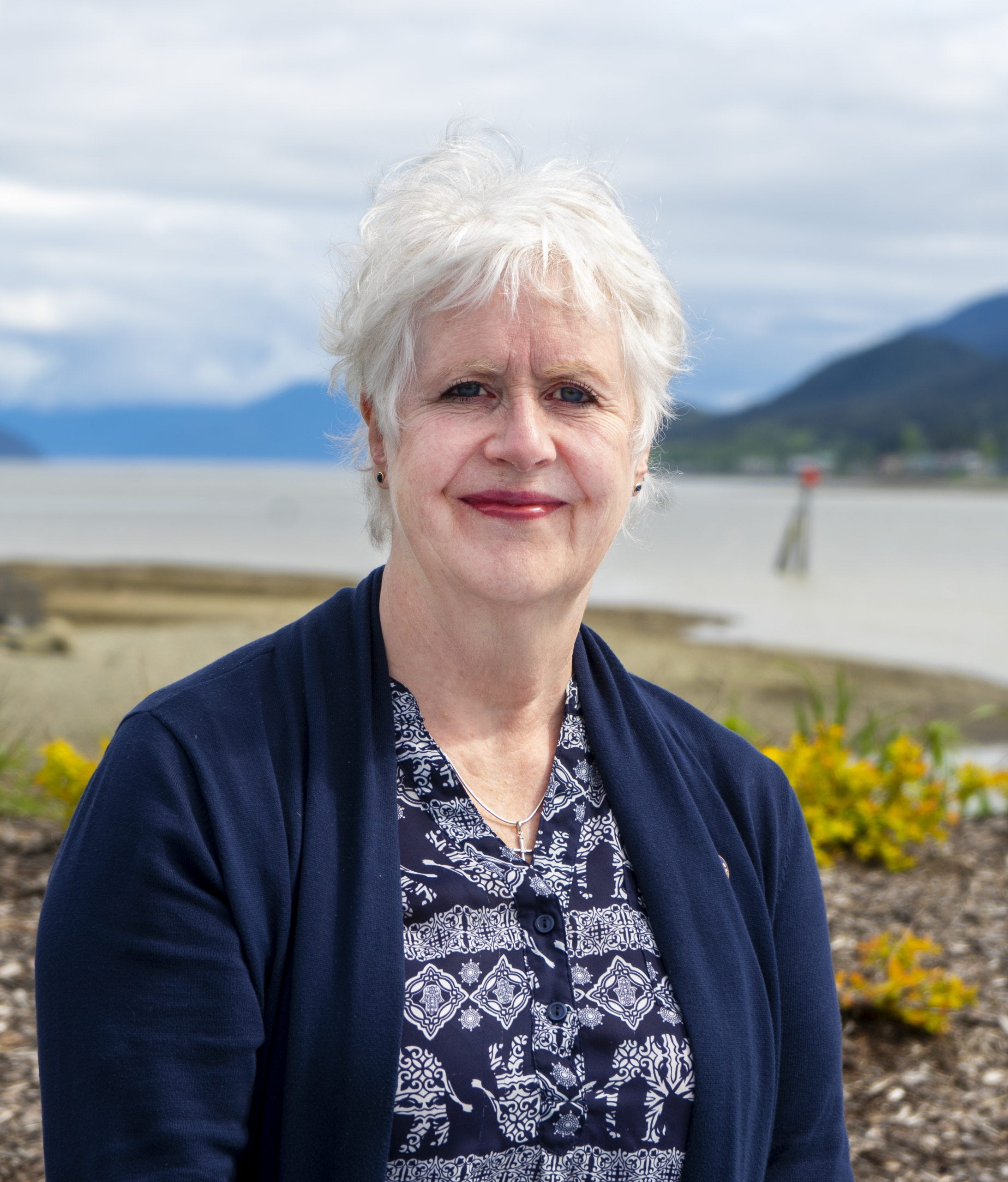
Stutes said she wasn’t available for an interview. But she joined two leaders of the outgoing, mostly-Democratic majority — independent Rep. Bryce Edgmon of Dillingham and Nome Democratic Rep. Neal Foster — in joint statements issued Monday that suggest she remains committed to working with them.
"Our coalition has proven its unwavering support for essential services, protecting our Permanent Fund and savings accounts, and providing sustainable dividends," the statement quoted Stutes as saying. "Alaskans expect us to be ready to work in January and to get the job done on time. We look forward to working across the aisle with our colleagues in the House and Senate, as well as with the administration, on bipartisan solutions to make that happen."
Stutes’ position leaves the Legislature perfectly split between a group of 20 remaining Republicans, and Stutes plus 19 others — Democrats and independents who have caucused with them or are expected to next year.
There’s only one way the deadlock appears likely to end: by at least one, and probably a few, of the most centrist members of either faction breaking away and forming a coalition with the other.
But interviews suggest that it will take far more time and pressure before those centrists seriously consider such a split.
“I haven’t seen or heard anything that would make me think that it’s in the best interests of the Interior, or my town or community,” said Will Stapp, a newly elected Republican from North Pole whom some liberal-leaning lawmakers see as a potential ally.
Jesse Sumner, a newly elected Republican from Wasilla, said he’s “willing to listen to offers” from Democrats and independents but remains skeptical of joining a coalition without other conservatives alongside him.
“I just don't think that an organization of 19 Democrats and independents, Stutes and me is going to be in the best interests of the state,” Sumner said. “They'd run circles around me.”
Two of the independents seen as most likely to flip to a Republican caucus — Ketchikan Rep. Dan Ortiz and Utqiagvik Rep. Josiah Patkotak — sounded slightly less committed to the largely-Democratic majority they’ve worked with in recent years.
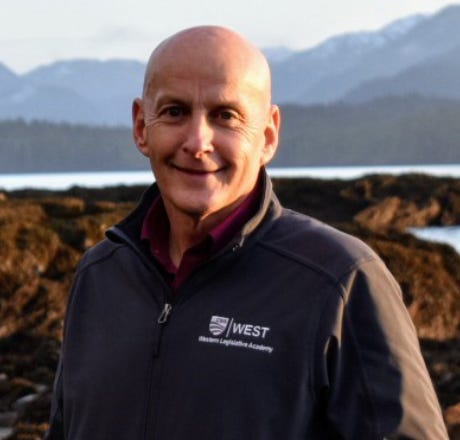
“There’s not much I can say other than time will work it out,” said Ortiz, who narrowly won re-election over a Republican opponent last month. “We all know we have a job to do and we’d all like to start the session organized.”
But other Democrats said they’re confident that Ortiz, at least, will stick with them, along with Stutes.
“I’m not worried,” said Josephson, the Anchorage Democrat.
Patkotak, who many of his colleagues see as the most likely to break away, represents Alaska’s oil-rich North Slope, which could make him more inclined to join resource extraction-friendly Republicans.
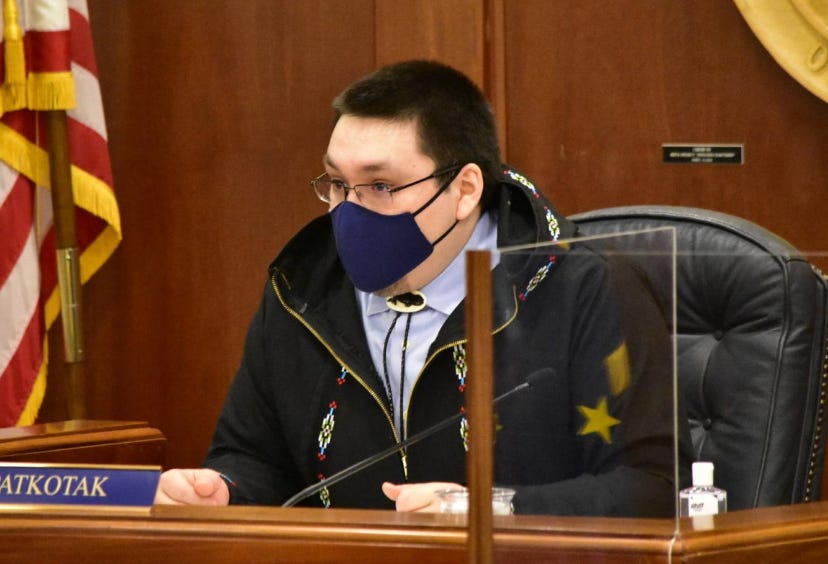
He said he’ll consider an array of issues in deciding which caucus to join, including positions on mining and road projects, Permanent Fund dividend checks, rural energy issues and land access.
“All options are on the table,” Patkotak said.
But for now, Patkotak, who spoke over background noise of hammers and power saws, said he’s more concerned with a home improvement project. It doesn’t make sense to pick sides yet, he added, because there are three House races where the final results are still uncertain.
Other lawmakers said that the outcomes of two of those races — one where an Anchorage Republican leads by seven votes, and another where the winning Anchorage Democrat’s residency is being challenged — appear unlikely to shift. But the third could have a major impact on how the House ultimately organizes, which is why lawmakers are paying close attention to the David Eastman lawsuit.
A “lifetime” Oath Keeper on trial
Eastman is a Wasilla Republican who’s served in the Legislature since 2017 and quickly gained a reputation for extreme positions and statements, and for clashing with his own GOP colleagues.

Eastman was the only vote against a bill to honor Black veterans’ work building the Alaska Highway in his first year in office. Then, he drew bipartisan outrage for saying, without evidence, that some women in remote villages are glad to get pregnant so they can take state-paid trips to cities for abortions.
Last year, a leaked list showed that Eastman was a “lifetime member” of the Oath Keepers, a conservative group whose members participated in the Jan. 6 riot at the U.S. Capitol. The group’s leader, Stewart Rhodes, was convicted of seditious conspiracy last month.
After the list was published, one of Eastman’s constituents and critics, Randall Kowalke, sued to challenge Eastman’s eligibility to serve in the House. The lawsuit hinges on a provision in the Alaska Constitution that bars from public office anyone who “advocates, or who aids or belongs to any party or association which advocates the overthrow by force or violence of the United States.”
The case is set to go to trial Dec. 12, and lawmakers on both sides of the House’s party divide say that it will be crucial in determining the chamber’s balance of power.
That’s because according to his colleagues, Eastman, who didn’t respond to a request for comment, cannot be counted as a reliable vote for a Republican majority.
“He's voted with us. He's voted against us,” said Shaw, the Anchorage Republican. “I can't say any more than that, other than he's got some issues.”
If the judiciary strips Eastman of his seat, his replacement would be Stu Graham, a mainstream Republican who serves on the Wasilla City Council — likely giving a hypothetical House GOP majority an extra vote and a stronger chance at forming.
That dynamic means that some liberal-leaning lawmakers are privately hoping that Eastman will win the lawsuit and keep his seat — because such a result would force Republican leaders to find an extra vote to get to the 21 votes they need for a majority.
Legislators say it’s unlikely a new House majority will form before Judge Jack McKenna renders a verdict in the lawsuit — or even before the Alaska Supreme Court decides a likely appeal.
“I can't start setting the table unless I know who all the dishes are,” said Patkotak, the Utqiagvik independent. “I’m not ruling anything out.”
This story has been updated to incorporate a statement from Kodiak Republican Rep. Louise Stutes that was issued after the story’s publication.
Northern Journal is a reader-supported publication. To receive new posts and support my work, consider becoming a free or paid subscriber.

